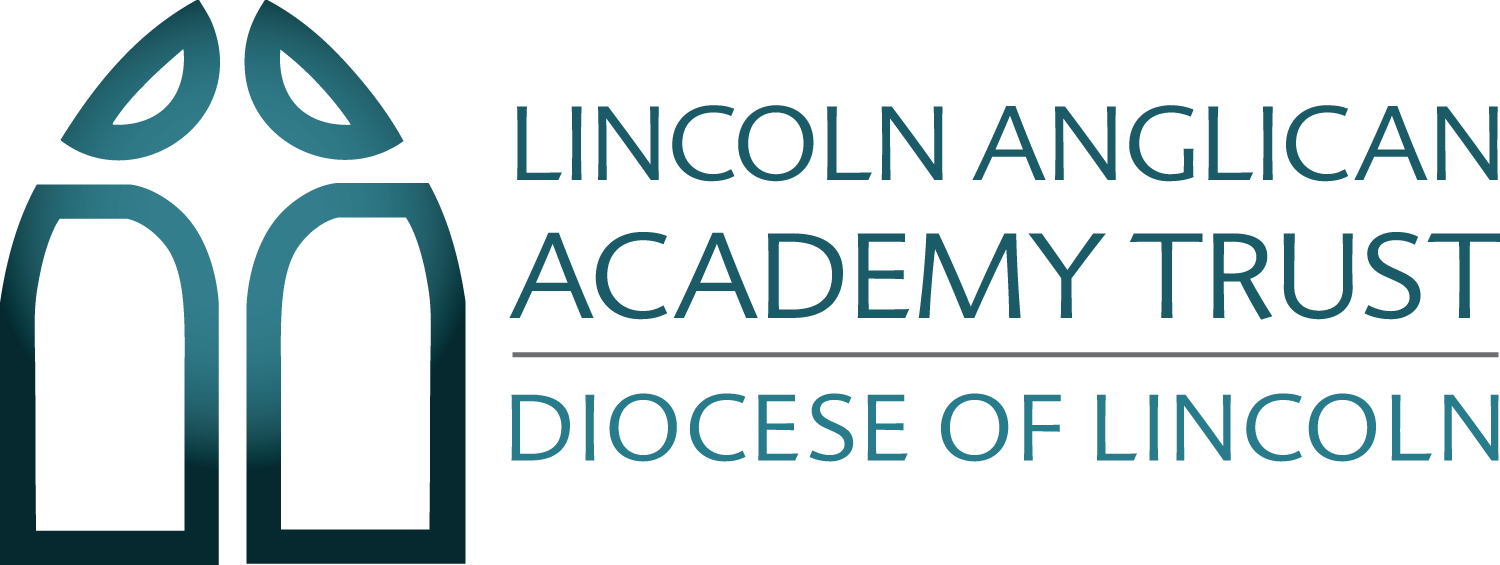The remote curriculum: what is taught to pupils at home
A pupil’s first day or two of being educated remotely might look different from our standard approach, while we take all necessary actions to prepare for a longer period of remote teaching.
What should my child expect from immediate remote education in the first day or two of pupils being sent home?
Work relevant to the year group will be uploaded to Tapestry /Class Dojo. Lessons will not necessarily be recorded lessons from the teacher as these will need to be prepared for. Time will be needed to support families with setting up the passwords and troubleshooting. Work will be uploaded throughout the day, but it will be a limited offer.
Following the first few days of remote education, will my child be taught broadly the same curriculum as they would if they were in school?
We teach the same curriculum remotely as we do in school wherever possible and appropriate. However, we needed to make some adaptations in some subjects. For example, some creative lessons which require a great deal of equipment will not be set for home learning. We do not expect parents to be providing lots of resources to complete remote learning tasks.
Remote teaching and study time each day - How long can I expect work set by the school to take my child each day?
We expect that remote education (including remote teaching and independent work) will take pupils broadly the following number of hours each day:
The minimum requirements set by the DfE are:
- 3 hours a day for KS1 (Years 1 and 2 when pupils are aged between 5 and 7)
- 4 hours a day for KS2 (Years 3 to 6 when children are aged between 7 and 11)
Those hours include both direct teaching and time for pupils to complete tasks or assignments independently.
Accessing remote education - How will my child access any online remote education you are providing?
Each child and family are provided with login details for Tapestry or Class Dojo at the start of the academic year.
If my child does not have digital or online access at home, how will you support them to access remote education?
We recognise that some pupils may not have suitable online access at home. We take the following approaches to support those pupils to access remote education:
- Families can have access to printed home learning packs and must inform the class teacher or email admin. Arrangements will be made for the collection of these packs from the main office.
How will my child be taught remotely?
We use a combination of the following approaches to teach pupils remotely:
- recorded teaching (e.g. White Rose PowerPoints, video/audio recordings made by teachers)
- live teaching (online lessons/flipped learning) to provide feedback, motivate, support with strategies and model
- Little Wandle phonics and reading videos
- printed paper packs produced by teachers
- commercially available websites supporting the teaching of specific subjects or areas, including video clips or sequences
Engagement and feedback - What are your expectations for my child’s engagement and the support that we as parents and carers should provide at home?
- where possible, it is beneficial for young people to maintain a regular and familiar routine. Sutterton Fourfields CE Primary School would recommend that each ‘school day’ maintains a structure.
- we would encourage parents to support their children’s work, including finding an appropriate place to work and, to the best of their ability, support pupils and encourage them to work with good levels of concentration.
- every effort will be made by staff to ensure that work is set promptly. Should accessing work be an issue, parents should contact school promptly and alternative solutions may be available. These will be discussed on a case-by-case basis.
- all children sign an ‘Acceptable Use Policy’ at school which includes e-safety rules, and this applies when children are working on computers at home.
How will you assess my child’s work and progress?
Feedback can take many forms and may not always mean extensive written comments for individual children. For example, whole-class feedback or quizzes marked automatically via digital platforms are also valid and effective methods, amongst many others. Our approach to feeding back on pupil work is as follows:
- English and Maths will be marked daily and all other areas of the curriculum by the end of the week. Comments will be made via the piece of work on Class Dojo/Tapestry which the child is able to access.
- where live support sessions are offered, feedback will be given. This may be by discussing misconceptions, giving positive praise, and sharing work.
How will you work with me to help my child who needs additional support from adults at home to access remote education?
We recognise that some pupils, for example some pupils with special educational needs and disabilities (SEND), may not be able to access remote education without support from adults at home. We acknowledge the difficulties this may place on families, and we will work with parents and carers to support those pupils in the following ways:
- differentiated and additional, specific tasks and resources provided
- regular contact with class teacher and SENCo
- access to live sessions where appropriate
- more practical activities to engage children in EYFS and Year 1
Remote education for individual pupils
Where individual pupils require remote learning, but the majority of their peer group remains in school, how remote education is provided will likely differ from the approach for whole groups. This is due to the challenges of teaching pupils both at home and in school.
If my child is not in school and requires remote learning, how will their remote education differ from the approaches described above?
- if the school is open, the child’s remote learning will be set on Tapestry / Classs Dojo
- instructions for tasks will be through written explanation or PowerPoint rather than video/audio recording
- feedback on completed work will be provided via comments on Tapestry / Class Dojo
Phonics and Reading
Little Wandle Phonics and Reading Scheme
Little Wandle website
Contact Details
Swineshead St Mary’s Church of England Primary School, Abbey Road, Swineshead, Boston, Lincs, PE20 3EN
Tel: 01205 820356
Email:enquiries@swineshead.laat.co.uk









This website and its content is copyright of © Swineshead St Mary’s Church of England Primary School. All Rights Reserved
Website designed and maintained by Sunburst Web Managenent

